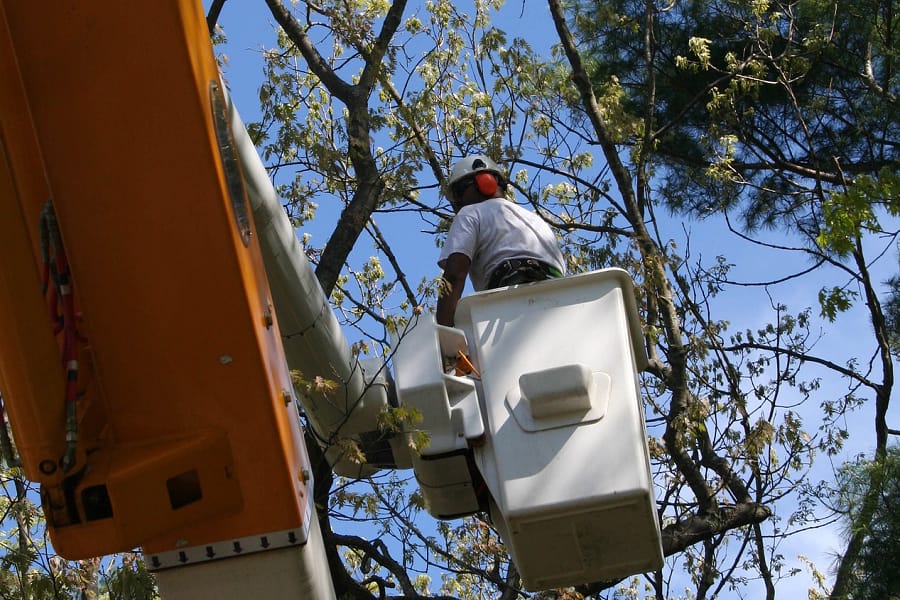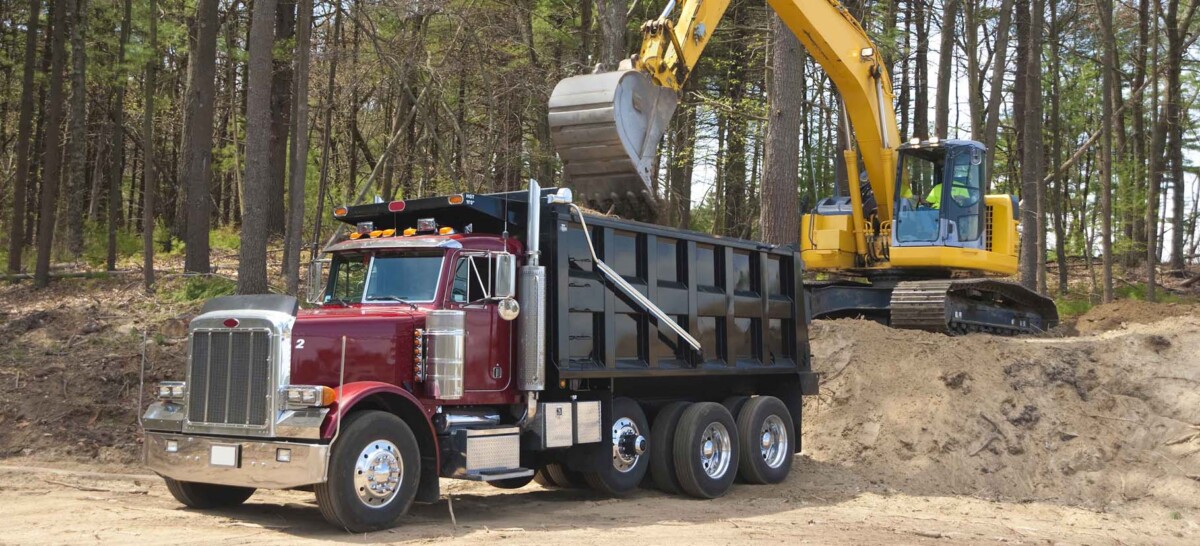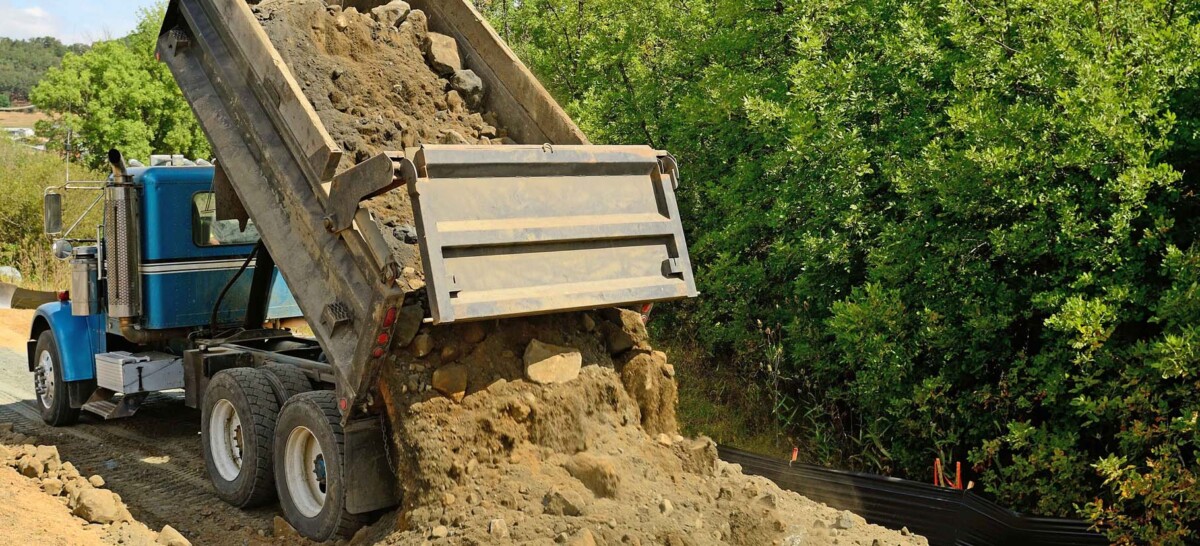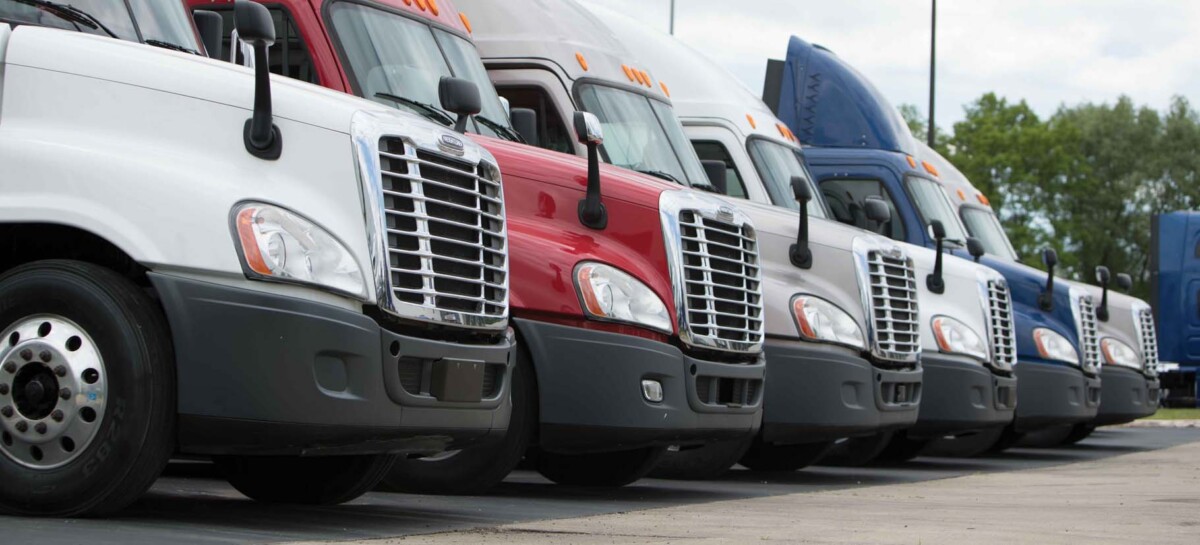Safety Checklist for Bucket Truck Operators
November 8, 2019
Bucket trucks are a ubiquitous and indispensable tool for jobsites that require vertical lift to reach high places. Industries such a forestry, maintenance, utilities, construction and more use bucket trucks to reach high, vertical areas to perform the required duties for clients and customers. Also known as cherry pickers, this piece of heavy equipment is extremely useful, but precaution must be taken to avoid and prevent terrible accidents and injuries.
Because the platform in a bucket truck can be elevated to very high places, there’s an extra layer of hazard that most other heavy equipment doesn’t have. But with a proper and comprehensive safety checklist for bucket truck operators, jobs can be completed with little dangers and hazards.
Here’s a four-step checklist for bucket truck operators, by Robertson Truck Group.
-
Have the proper training
Bucket trucks should only be operated and used by authorized personnel that have received the proper training. Having inexperienced workers operate and use a bucket truck seriously increases the risk of accidents and injuries. With the right training, workers will understand the controls, decals and manuals found on the vehicle and will have experience operating the lift. Having certified employees operating the truck and lift is the first step in the checklist for bucket truck operators.
-
Inspect the bucket truck
Before use, the bucket truck should be tested and inspected for dents, leaks, tire bulges, lighting, missing parts, damage and more. This is incredibly important, as truck failure is a hazard that could result in injury of the workers.
Use the operator’s manual to find and follow the checklist for bucket truck operators to perform an inspection of the vehicle before taking it to the jobsite. If there are any damages or the truck fails the inspection, report it to your manager or the proper vehicle safety personnel. Do not, under any circumstance attempt to perform onsite maintenance to fix any issues, as it may exacerbate the problem and cause more damage.
-
Use fall protection
One of the most important ways to prevent falls is to use the three points of contact system. When using the bucket truck, always have three ways that you are touching the platform. Two hands and one foot, or one hand and two feet. Additionally, wear protection gear, such as a restraining belt or harness. Furthermore, ensure that the harness or belt are inspected and checked for damaged.
-
Worksite inspection
Check the worksite for uneven terrain, overhead powerlines, and other hazards that may make the jobsite unsafe. If the jobsite requires working with powerlines and transformers for utility maintenance, then take the necessary precautions to protect yourself and workers who are working with powerlines or transformers.
Robertson Truck Group is a leader in trucking and truck equipment. We care about the safety of our clients, so ensure that you are following the necessary checklists set forth by your company or the manufacturer of bucket trucks. Safety checklists for bucket truck operators are incredibly important for the safety of the worksite, operators, and employees. If you need a high-quality bucket truck to add to your vehicle fleet, contact Robertson Truck Sales today to get started.




